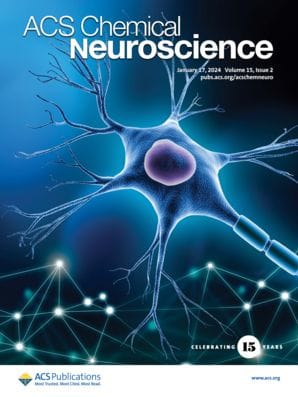This Special Issue aims to provoke a greater exploration of the concept of "neuroplasticity" and its significance in the field of chemical neuroscience. Learn more and consider submitting your own manuscript!

From your own lived experience, you will know that the human mind is adaptable and capable of change. But how much does the brain change? And, how are the two—changes in the mind and changes in the brain—related?
Dating back to at least classical antiquity, humans have wrestled with the various formalizations of the human mind as an entity distinct from the human brain. I find the questions that arise in this space fascinating—perhaps one of the reasons I gravitated to chemical neuroscience. For example, are cognitive functions like consciousness, emotion, and reasoning mere "byproducts" of neural activity or are they distinct phenomena?
Neurobiological approaches to understanding the brain-mind question often posit that the mind is essentially an emergent property of the brain, explainable through physical and chemical interactions. (Dualism by contrast contends that the mind and brain are fundamentally different entities, suggesting that the mind could possess qualities not entirely reducible to physical states.)
The concept of "neuroplasticity" exists within this human mind-brain continuum. In fact, neuroplasticity as a term is itself plastic, i.e. moldable. At ACS Chemical Neuroscience, we are eager to hear how our authors, readers and adjacent community members think about the concept of neuroplasticity.
To get the conversation started, we recently published a Viewpoint entitled "Neuroplasticity: The Continuum of Change." We asked experts to weigh in, off the cuff, on what the term "neuroplasticity" means and synthesized what we heard. We hope you find the article thought provoking!

Neuroplasticity: The Continuum of Change
ACS Chem. Neurosci. 2023, 14, 18, 3288–3290
DOI: 10.1021/acschemneuro.3c00526
We are now putting together a Virtual Special Issue on "Neuroplasticity," highlighting some amazing contributions on the topic that have been published in ACS Chemical Neuroscience over the past couple of years. To expand upon the articles published so far, we are interested in hosting additional viewpoints, novel reviews, and research articles on the topic. Thus, here on ACS Axial we're posting this Call for Submissions on Neuroplasticity.
Take a look at what is already included in the recently published Virtual Issue below. We are super excited to hear from you!
Submission Instructions
- Log in to the ACS Paragon Plus submission site and choose ACS Chemical Neuroscience.
- Select your manuscript type, and, under "Special Issue Selection," choose "Neuroplasticity: The Continuum of Change."
Please see our Author Guidelines for more information on submission requirements. We welcome pre-submission inquiries, which can be sent to eic@chemneuro.acs.org
